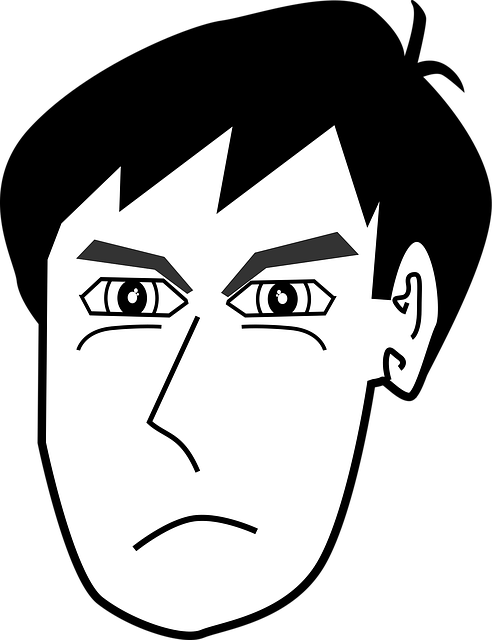Botox Safety: Forehead & Frown Lines Guide to Results

Botox is a safe and effective non-surgical treatment for reducing forehead lines and frown lines by…….
In the realm of cosmetic enhancement and medical aesthetics, Botox (Botulinum Toxin) has emerged as a game-changer. The use of Botox for both therapeutic and aesthetic purposes has gained significant traction over the past few decades. As its popularity continues to grow, an increasingly important question arises: is Botox safe for long-term use? This article delves into the intricacies of this topic, exploring various facets to provide a comprehensive understanding of the safety, implications, and future prospects of prolonged Botox usage. We will navigate through historical context, global trends, economic considerations, technological advancements, regulatory frameworks, real-world case studies, and forecast potential directions for this transformative treatment.
Botox, medically known as Botulinum Toxin Type A, is a neurotoxin derived from the bacterium Clostridium botulinum. When injected into specific muscles or areas of the skin, Botox blocks nerve signals, leading to muscle relaxation and reduced wrinkling. This mechanism makes it a popular choice for cosmetic procedures aimed at minimizing facial lines and improving overall appearance. Long-term use refers to repeated applications of Botox over an extended period, often spanning several years.
The journey of Botox’s medical utilization began in the late 20th century when it was first approved by the U.S. Food and Drug Administration (FDA) for therapeutic purposes in 1989. Initially, Botox was primarily used to treat eye-related disorders like blepharospasm (uncontrollable blinking) and strabismus (eye misalignment). Over time, its cosmetic applications became more prominent, leading to a surge in popularity. The concept of long-term use gained traction as early adopters sought sustained results, prompting further research and clinical trials.
The safety of long-term Botox usage is crucial for several reasons:
The concept of using Botox for aesthetic purposes has spread globally, with varying levels of adoption and regulation across regions:
Several global trends are shaping the course of long-term Botox use:
| Trend | Impact | Region(s) |
|---|---|---|
| Increasing Demand for Non-Invasive Procedures | Growing preference for minimal invasive treatments drives Botox popularity. | Worldwide |
| Aging Population | With an aging global population, there is a higher demand for anti-aging treatments, including Botox. | All regions |
| Medical Tourism | Individuals travel for advanced cosmetic procedures, influencing regional trends and standards. | North America, Europe, Asia |
| Digital Marketing and Awareness | Social media and online platforms promote Botox, increasing awareness and accessibility. | Global |
| Regulatory Harmonization | Efforts to standardize regulations worldwide ensure safety and quality across borders. | EU, select Asian countries |
The global cosmetic industry is a significant economic sector, with Botox playing a pivotal role:
The economic landscape of Botox involves:
Botox’s economic impact extends to:
In the United States, the FDA plays a crucial role in regulating Botox:
Other countries have established regulatory bodies with similar mandates:
While Botox is generally safe when administered by qualified professionals, there are potential adverse effects:
Extensive research is underway to ascertain long-term safety profiles:
The safety of long-term Botox usage is a multifaceted issue requiring careful consideration of medical, economic, regulatory, and scientific aspects. As the global cosmetic industry continues to grow, ongoing research and robust regulatory frameworks will be essential in ensuring patient safety while providing effective aesthetic treatments.

Botox is a safe and effective non-surgical treatment for reducing forehead lines and frown lines by…….

Botox emerges as a popular choice for non-surgical treatment of forehead lines and frown lines, offe…….

Botox injections effectively reduce forehead lines (glabellar lines) and frown lines by relaxing mus…….

Botox injections for forehead lines and frown lines are safe and effective when administered by prof…….

Botox has gained popularity as a natural, safe, and non-surgical method for facial rejuvenation, spe…….

Botox, derived from Clostridium botulinum, is a leading treatment for long-term wrinkle reduction, e…….

Botox, or botulinum toxin, is a popular non-surgical treatment for smoothing fine lines and wrinkles…….

Botox is an effective non-surgical treatment for reducing fine lines and wrinkles on the forehead an…….

Botox injections have become a popular and effective solution for reducing forehead lines and frown…….